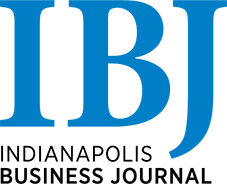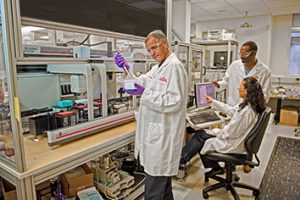Novo Nordisk buying 2 DiMarchi-launched drug firms
Calibrium LLC and MB2 LLC, both based in Carmel, have agreed to be sold for undisclosed amounts. They were developing diabetes drugs discovered by the research team of Richard DiMarchi, a chemistry professor at Indiana University.




